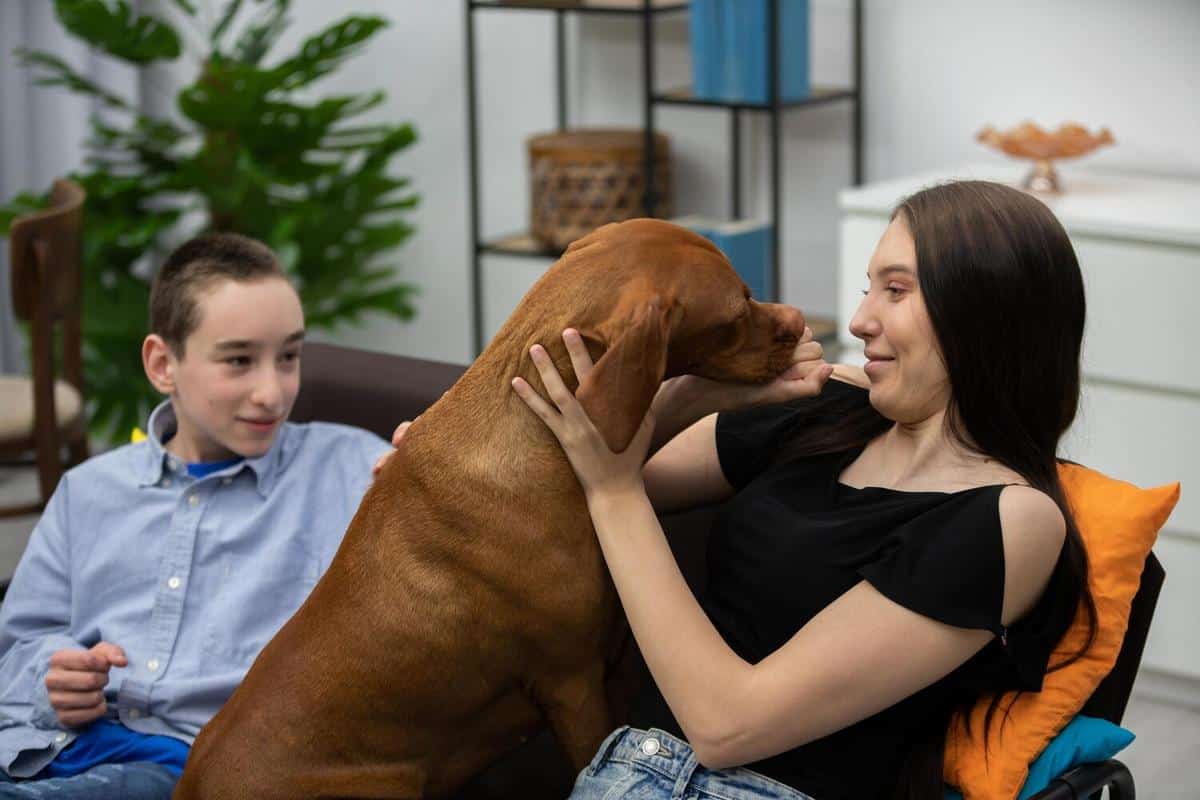
The Benefits of Animal-Assisted Therapy for Mental Health
Animal-assisted therapy has gained significant attention for its role in enhancing mental health, offering comfort and companionship that can lead to remarkable emotional benefits.
The Healing Power of Animal-Assisted Therapy
Animal-assisted therapy (AAT) is a growing field that combines the undeniable bond between humans and animals to aid in mental health treatment. By incorporating animals into therapeutic sessions, individuals experience a range of emotional and psychological benefits.
Expert Insights on AAT
Dr. Rebecca Johnson, a well-known researcher in AAT, states, “The presence of an animal can provide a sense of normalcy and calm in stressful situations.” Her research highlights how animals can reduce anxiety and promote a sense of well-being.
Research-Backed Benefits
Studies have shown that AAT can significantly decrease levels of cortisol, the stress hormone, while increasing oxytocin, often referred to as the ‘love hormone.’ A study published in the Journal of Psychosomatic Research found that individuals who participated in animal-assisted therapy reported a 30% reduction in anxiety symptoms.
Personal Stories of Transformation
Consider the story of Mike, who struggled with PTSD after serving in the military. Through sessions with a therapy dog, Mike found a sense of peace and connection, leading to improved sleep patterns and a reduction in panic attacks.
Practical Applications of AAT
- Incorporate short, regular sessions with therapy animals into your routine for maximum benefit.
- Consider volunteer opportunities at local animal shelters to experience the therapeutic effects of animals firsthand.
- Consult with a licensed therapist specializing in AAT to tailor sessions to your specific needs.
Commonly Asked Questions
FAQs About Animal-Assisted Therapy
What types of animals are used in AAT?
While dogs and horses are most common, other animals like cats, rabbits, and even birds can be used depending on the therapeutic goals.
Who can benefit from AAT?
AAT is beneficial for individuals with anxiety, depression, PTSD, and other mental health conditions.
How can I get started with AAT?
Consult with a mental health professional to discuss incorporating AAT into your treatment plan.
Comparing AAT with Traditional Therapy
| Aspect | Animal-Assisted Therapy | Traditional Therapy |
|---|---|---|
| Interaction | Includes animal interaction | Human-focused |
| Setting | Flexible, often outdoor | Usually indoors |
| Emotional Support | Provided by animals | Provided by therapist |
| Stress Reduction | Enhanced by animal presence | Achieved through techniques |
| Engagement Level | High due to novelty | Varies |
| Accessibility | Requires animal access | More widely available |
| Cost | Varies | Standard therapy rates |
| Suitability | Great for animal lovers | Universal |
Conclusion: Embracing the Benefits of AAT
Animal-assisted therapy offers a unique blend of companionship and therapeutic benefits, making it a valuable tool for enhancing mental health. By embracing the presence of animals in therapy, individuals can find new paths to healing and emotional balance. Whether you’re seeking solace from stress or looking to improve your mental well-being, AAT provides a compassionate and effective approach. Consider reaching out to a professional who can guide you through the process and help you experience the transformative effects of this therapy.